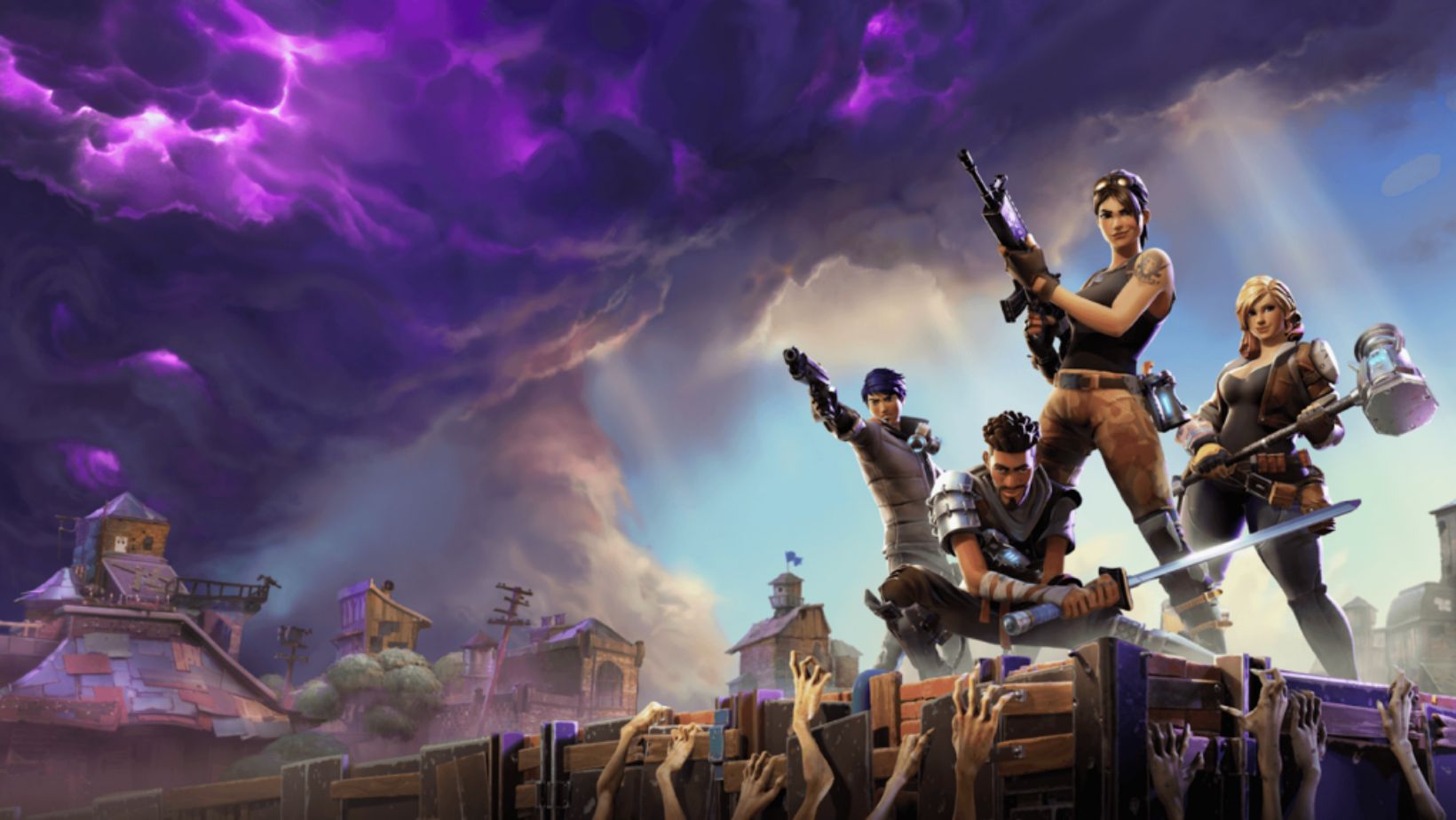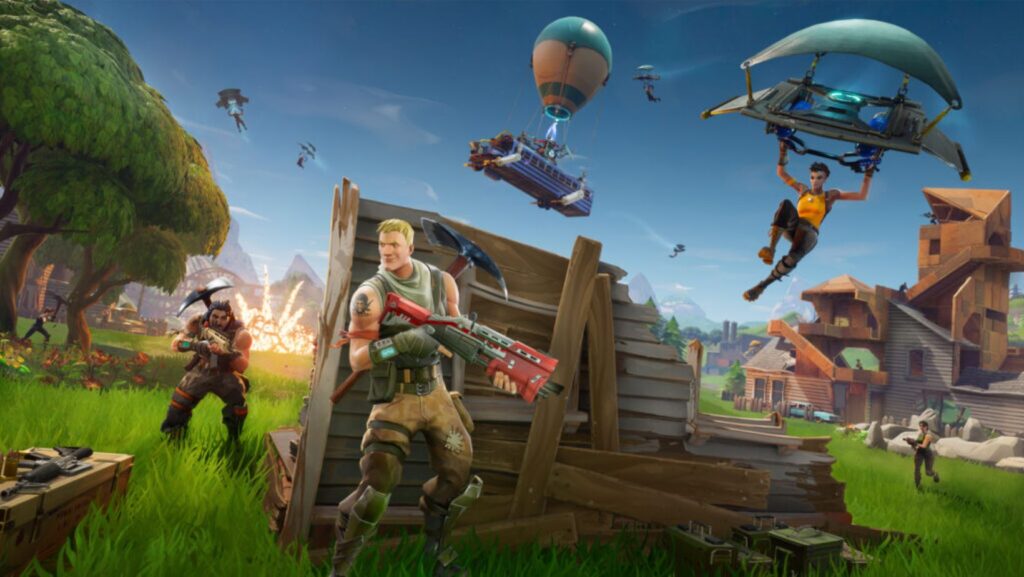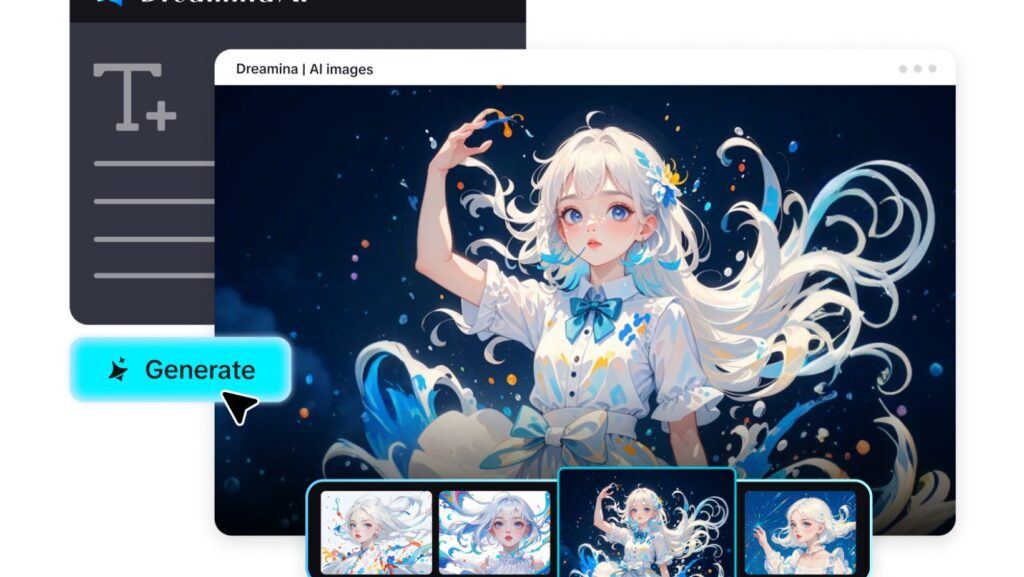Fortnite isn’t just a game—it’s one of the most influential cultural moments in gaming history. Millions of players log in daily to chase Victory Royales, collect rare skins, and enjoy a constantly evolving experience. But many fans still ask the same question: “When did Fortnite come out?” The answer is a little more complex than a single release date, because Fortnite has grown into multiple modes, platforms, and even genres over the years.
Understanding Fortnite’s release timeline is especially useful if you’re into Fortnite accounts, since many older accounts carry cosmetics and rewards from seasons long gone. These accounts are tied to some of the game’s earliest chapters and events, making them highly desirable for collectors and competitive players alike. To really appreciate how far Fortnite has come, let’s dive into a detailed timeline of its rise from a cooperative survival game to one of the biggest online titles in history.
The Beginning: Save the World (July 25, 2017)
The very first version of Fortnite wasn’t the battle royale juggernaut we know today. Instead, it began with Fortnite: Save the World, a cooperative PvE mode released in early access on July 25, 2017. Save the World focused on survival gameplay where players teamed up to build fortifications, gather resources, and fend off hordes of zombie-like creatures.
Although it never reached the same popularity as later modes, Save the World laid the foundation for Fortnite’s unique blend of building mechanics and fast-paced action. It also introduced the colorful art style and quirky tone that would later make Fortnite a household name. For many longtime players, Save the World still holds a nostalgic charm, as it represents Fortnite’s earliest days before it became a global sensation.
The Turning Point: Battle Royale (September 26, 2017)
Fortnite truly exploded onto the scene just two months later with the release of Fortnite Battle Royale on September 26, 2017. This free-to-play mode completely redefined the game, offering a 100-player last-person-standing experience. The mix of gunplay, harvesting, and building mechanics gave Fortnite its unique identity compared to other battle royales at the time.
What really set Battle Royale apart was how quickly it captured mainstream attention. Streamers on platforms like Twitch and YouTube showcased the game’s chaotic, creative matches, and soon Fortnite became the most-watched and most-played game worldwide. Within months, Fortnite Battle Royale had become more than just a popular mode—it was a global phenomenon.
Fortnite Expands: Mobile and Beyond (2018)
Epic Games wasn’t content to let Fortnite remain just a PC and console title. In 2018, Fortnite expanded to mobile platforms, first releasing on iOS in March and later rolling out to Android devices. This move allowed millions of new players to experience the game, bringing Fortnite into schools, public transport, and virtually anywhere players had their phones.

The mobile launch also cemented Fortnite’s position as a true cross-platform game, enabling friends to play together regardless of whether they were on console, PC, or mobile. It was a bold move at the time, and it set the standard for how modern multiplayer games could operate across multiple devices seamlessly.
Fortnite as Entertainment: Events and Crossovers (2019–2020)
By 2019, Fortnite wasn’t just a game—it had become an entertainment platform. Epic Games began hosting live in-game events that pushed the boundaries of what was possible in online multiplayer. The first major event was the Marshmello concert in February 2019, which drew millions of players. This was followed by Travis Scott’s Astronomical concert in 2020, which shattered records with over 12 million live participants.
Alongside these events, Fortnite began collaborating with some of the world’s biggest franchises. Marvel superheroes, DC icons, Star Wars characters, and even anime crossovers like Dragon Ball and Naruto started appearing in-game. These collaborations transformed Fortnite into a digital playground where gaming, movies, music, and pop culture seamlessly blended.
The Era of Chapters and Seasons
Fortnite’s evolution is orchestrated through its chapter and season structure, with each chapter introducing sweeping changes—from new mechanics and maps to fresh storytelling and gameplay innovations. Here’s how it breaks down:

- Chapter 1 (2017–2019): The original era, ending with the iconic map-blackout “The End” event.
- Chapter 2 (2019–2021): Introduced fishing, swimming, new vehicles, and a complete map overhaul.
- Chapter 3 (2021–2022): Brought sliding mechanics, weapon changes, and expanded crossover events.
- Chapter 4 (2022–2023): Powered by Unreal Engine 5, improving visuals and launching the fan-favorite Zero Build mode.
- Chapter 5 (2023–2024): Continued the evolution with new maps, movement mechanics, and themed updates.
- Chapter 6 (2024–Present): The current chapter, featuring a rapidly changing meta and unique seasonal themes:
- Season 1 (Demon Hunters): December 1, 2024 – February 21, 2025
- Season 2 (Bandits): February 21 – May 2, 2025
- Mini-Season Galactic Battle (Star Wars): May 2 – June 7, 2025
- Season 3 (Superheroes): June 7 – August 7, 2025
- Season 4 (Shock ‘N Awesome – Bug Invasion): August 7 – November 1, 2025
- Season 1 (Demon Hunters): December 1, 2024 – February 21, 2025

Each season brings fresh content, creative themes, evolving gameplay, and compelling story integrations—making Fortnite a constantly renewing experience.
Final Thoughts
So, when did Fortnite come out? The short answer is July 25, 2017, for Save the World, and September 26, 2017, for the launch of Battle Royale, which turned Fortnite into a worldwide success. But the full story is much richer—it’s a tale of constant innovation, cultural impact, and unforgettable live events that redefined what an online game could be.
From its humble beginnings as a cooperative survival title to becoming one of the most influential battle royales in history, Fortnite continues to evolve with every chapter. And for players who care about rare skins, exclusive rewards, and progression, Fortnite accounts tied to earlier seasons hold incredible value. Whether you joined in 2017 or just started today, Fortnite remains a living, breathing experience that keeps surprising the gaming world.



